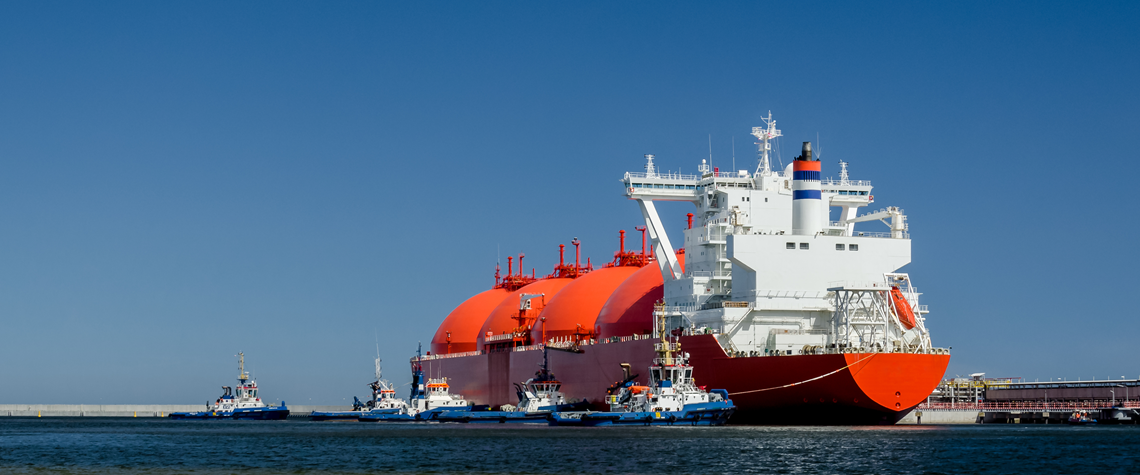Pressure grows on industry to produce ‘green LNG’
The industry needs to reduce the emissions associated with natural gas for it to preserve its role in the energy mix and energy transition
While natural gas is the greenest mainstream hydrocarbon fuel, the massive increase in demand predicted for the coming decades means it would still heavily contribute to climate change. Pressure is therefore mounting on gas producers to reduce the fuel’s carbon footprint. In response, players have started looking for ways to minimise or counterbalance their carbon footprints, with leading producers, traders and consumers indicating plans to decarbonise the supply chain. This is being done in two ways, according to Hussein Moghaddam, senior energy forecast analyst at the Gas Exporting Countries Forum (GECF) secretariat’s energy economics and forecasting department, in a whitepaper published l

Also in this section
22 July 2025
Sinopec hosts launch of global sharing platform as Beijing looks to draw on international investors and expertise
22 July 2025
Africa’s most populous nation puts cap-and-trade and voluntary markets at the centre of its emerging strategy to achieve net zero by 2060
17 July 2025
Oil and gas companies will face penalties if they fail to reach the EU’s binding CO₂ injection targets for 2030, but they could also risk building underused and unprofitable CCS infrastructure
9 July 2025
Latin American country plans a cap-and-trade system and supports the scale-up of CCS as it prepares to host COP30








